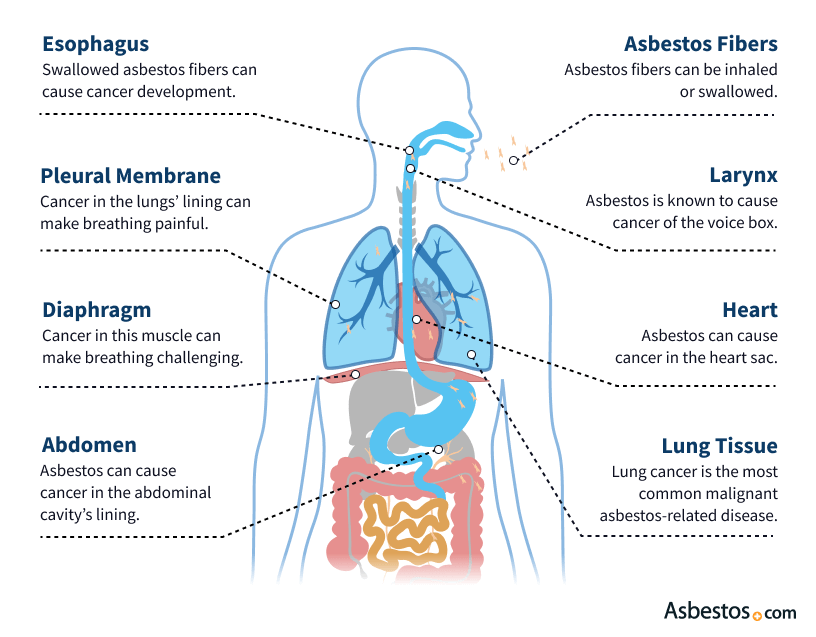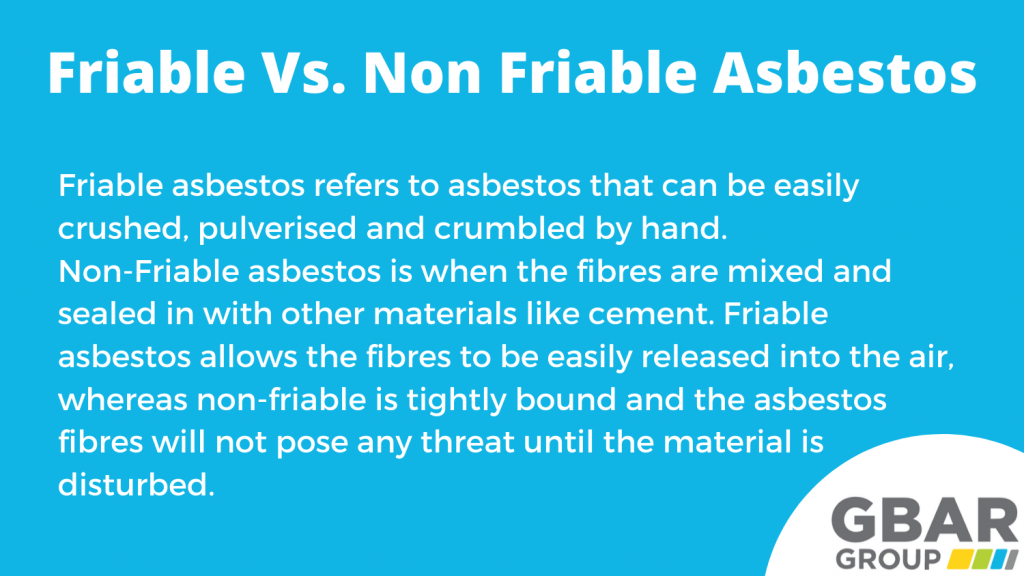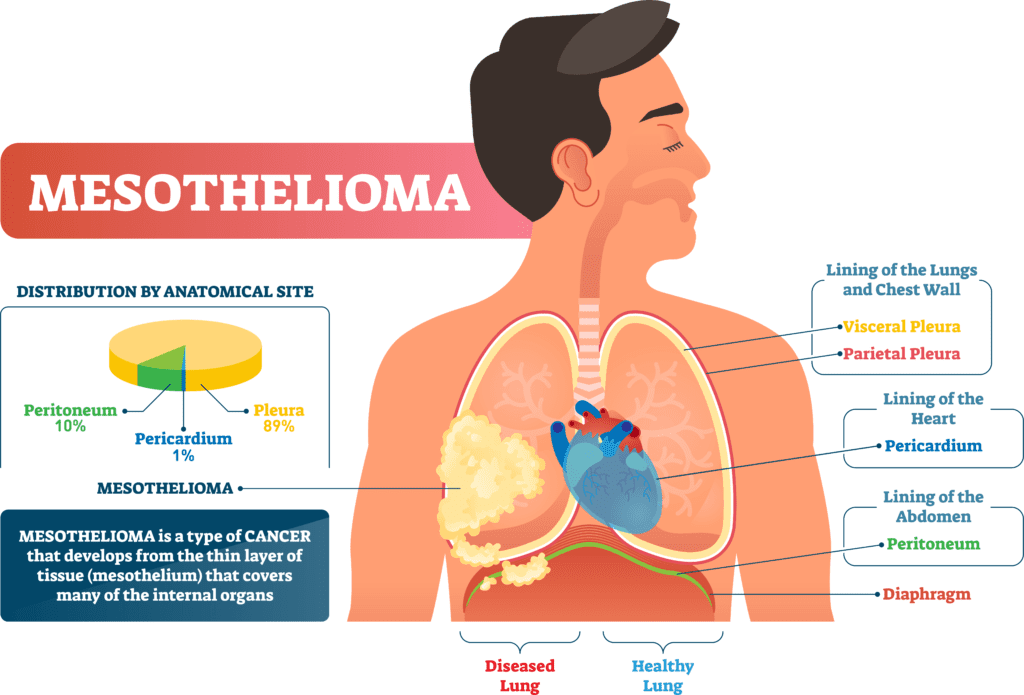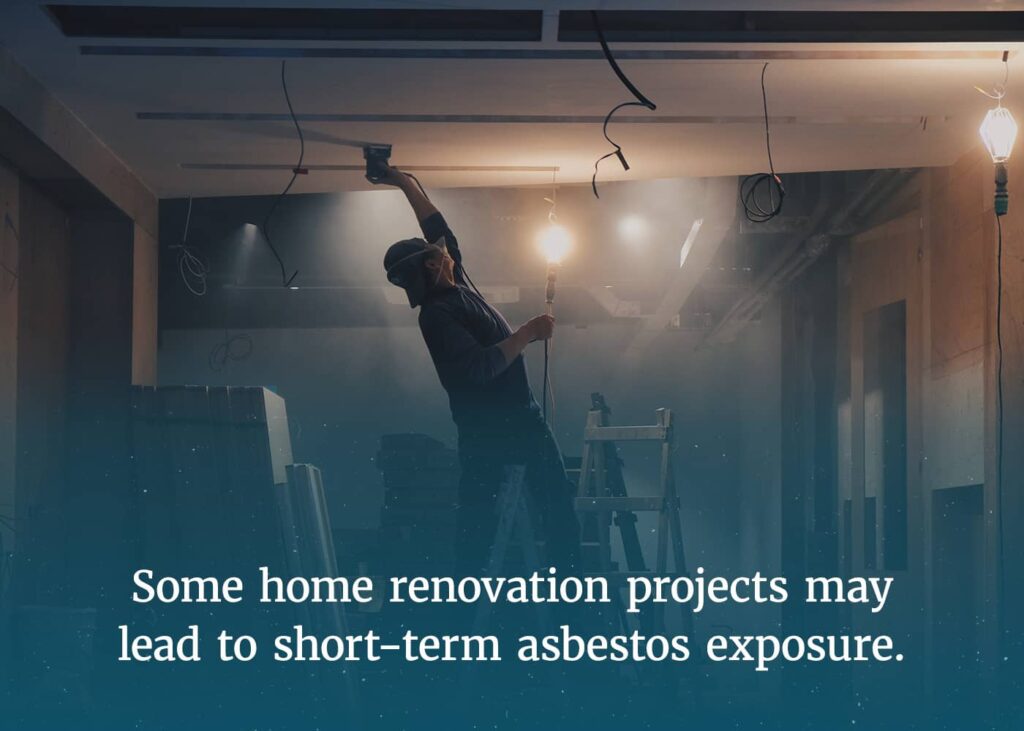If you accidentally come into contact with asbestos, it’s important to know how to respond in order to protect your health. Asbestos, a hazardous material commonly found in older buildings, can pose serious health risks if its fibers are inhaled or ingested. In this article, we will explore the necessary steps you should take if you find yourself touching asbestos, ensuring your safety and well-being.
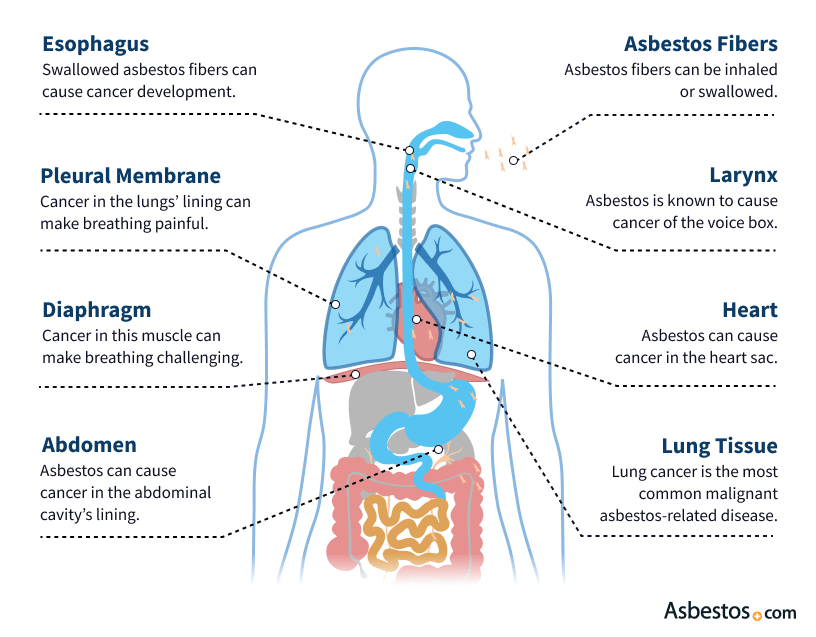

Understanding Asbestos
Definition of asbestos
Asbestos is a naturally occurring mineral that was widely used in various industries for its heat-resistant and insulating properties. It consists of microscopic fibers that, when inhaled, can cause serious health problems.
Common uses of asbestos
Asbestos has been used in a wide range of products due to its fire-resistant properties. Common uses include insulation, roofing materials, cement products, floor tiles, gaskets, and automotive parts. The prevalence of asbestos in older buildings is a concern since it can become dangerous when disturbed and release fibers into the air.
Dangers and health risks associated with asbestos exposure
Exposure to asbestos can pose significant health risks. When asbestos fibers are inhaled or ingested, they can become lodged in the lining of the lungs, abdomen, or heart, leading to inflammation, scarring, and, in some cases, the development of serious diseases such as asbestosis, lung cancer, and mesothelioma. These diseases often have a long latency period, meaning they may not manifest for decades after exposure.
Immediate Actions to Take
Stay calm and composed
If you accidentally come into contact with asbestos, it is important to remain calm. Panicking can lead to hasty decisions that may increase the risk of exposure.
Avoid touching your face
Asbestos fibers can easily adhere to the skin and clothing. To prevent further contamination, avoid touching your face or any other part of your body.
Remove contaminated clothing
If you believe your clothing has been contaminated with asbestos fibers, remove the garments carefully and place them in a sealed bag. Avoid shaking the clothing, as this can release more fibers into the air.
Take a shower or wash exposed area
To remove any loose fibers from your body, take a thorough shower with mild soap and warm water. Pay close attention to areas that may have come into contact with asbestos, such as your hands, arms, face, and hair.
Properly dispose of contaminated items
Dispose of any items that may have come into contact with asbestos, such as disposable gloves or masks, in a sealed bag. Make sure to follow your local regulations for asbestos disposal and contact the appropriate authorities if necessary.


Seeking Medical Assistance
Contact a healthcare professional
It is crucial to seek medical attention as soon as possible after potential asbestos exposure. Contact your primary healthcare provider or visit the nearest medical facility to discuss your situation.
Provide detailed information about the asbestos exposure
When seeking medical assistance, provide your healthcare professional with detailed information about the asbestos exposure. Include where and when the exposure occurred, the duration of exposure, and any symptoms or concerns you may be experiencing.
Follow medical advice and recommendations
Upon receiving medical advice, follow it diligently. Your healthcare professional may recommend further examinations, tests, or monitoring to assess your health and identify any potential asbestos-related complications.
Undergo necessary medical tests
Your healthcare provider may order specific tests, such as chest X-rays or pulmonary function tests, to evaluate the condition of your lungs. These tests can help detect any abnormalities associated with asbestos exposure.
Environmental Precautions
Isolate the contaminated area
If you know or suspect that an area has been contaminated with asbestos, take immediate steps to isolate it. Close off the area and prevent access to minimize the risk of further exposure.
Restrict access to the area
To protect others from potential asbestos exposure, restrict access to the contaminated area. Place clear warning signs and inform people about the potential hazards present.
Notify relevant authorities
Contact the appropriate authorities, such as your local health department or environmental agency, to report the asbestos contamination. They can provide guidance on proper procedures and assist in arranging professional asbestos removal, if necessary.
Contact asbestos removal professionals
It is crucial to consult with professionals experienced in asbestos removal. These specialists have the necessary training, equipment, and knowledge to safely handle and remove asbestos-containing materials, ensuring the area is properly decontaminated.


Legal Considerations
Understand asbestos regulations and laws
Familiarize yourself with the regulations and laws related to asbestos in your region or country. This understanding will help you navigate the legal implications and obligations associated with asbestos exposure.
Consult with an asbestos attorney
If you believe you have been exposed to asbestos due to someone else’s negligence or in a workplace setting, it may be beneficial to consult with an asbestos attorney. They can guide you through the legal process and determine if you have a valid case for seeking compensation.
Document the exposure incident
Keep detailed records of the asbestos exposure incident, including dates, locations, and circumstances. This information may be crucial if you decide to pursue legal action or make an insurance claim related to the exposure.
Effects of Asbestos Exposure
Short-term health effects
Short-term exposure to asbestos may not always cause immediate symptoms. However, some individuals may experience irritation of the skin, eyes, or respiratory system, as well as coughing, wheezing, or shortness of breath.
Long-term health effects
The long-term effects of asbestos exposure can be severe and life-threatening. Prolonged exposure may lead to the development of asbestosis, a chronic lung disease characterized by scarring of lung tissue, reduced lung function, and respiratory difficulties.
Asbestos-related diseases
Asbestos exposure is strongly associated with various diseases, including lung cancer, mesothelioma (a rare cancer affecting the lining of the lungs, abdomen, or heart), and other respiratory conditions. These diseases may not become apparent until many years after exposure, underscoring the importance of early detection and preventive measures.
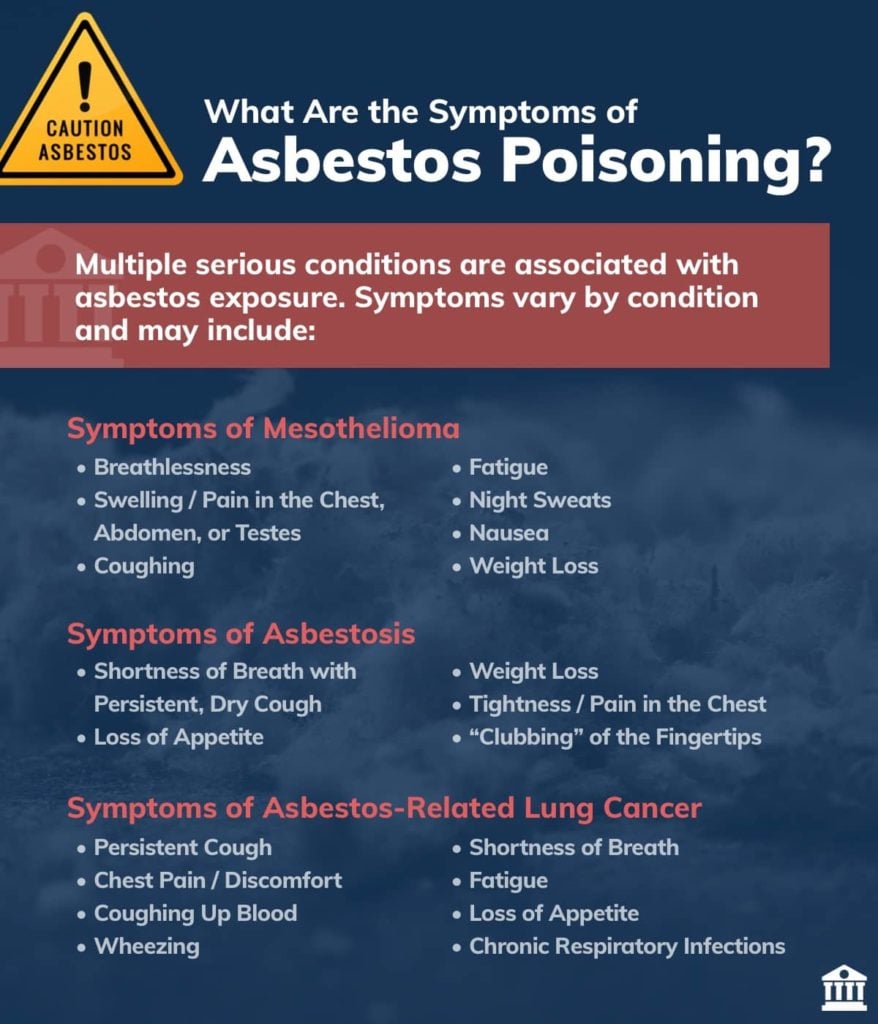

Preventing Asbestos Exposure
Identify potential asbestos-containing materials
In older buildings or structures, it is essential to identify potential asbestos-containing materials (ACMs). Engage professionals qualified in asbestos testing to conduct thorough inspections and sampling to determine the presence of asbestos.
Ensure proper maintenance and insulation
To minimize the risk of asbestos exposure, ensure any identified ACMs are maintained in good condition and properly insulated. This can include encapsulating or enclosing the materials to prevent the release of fibers.
Follow safety guidelines and regulations
Adhere to safety guidelines and regulations governing asbestos management in your area. These guidelines provide information on safe handling, removal, and disposal practices to protect both yourself and the environment.
Employ professional asbestos testing and removal
If you suspect or need to confirm the presence of asbestos, engage professional asbestos testing and removal services. Certified asbestos professionals have the expertise to handle hazardous materials effectively and ensure safe removal, minimizing the risk of exposure.
Informing Others About the Exposure
Notify family members or cohabitants
Inform your family members or anyone who may have been in close contact with you about the asbestos exposure. Encourage them to monitor their health and seek medical advice if they experience any concerning symptoms.
Inform coworkers or colleagues
If the exposure occurred in a workplace setting, notify your coworkers or colleagues who may have also been exposed. Encourage open communication and ensure that proper safety measures are implemented to protect everyone’s health.
Educate others about asbestos awareness
Take the opportunity to educate others about the dangers of asbestos and the importance of awareness. By sharing your experience and knowledge, you can help prevent future exposure and protect others from the potential health risks associated with asbestos.
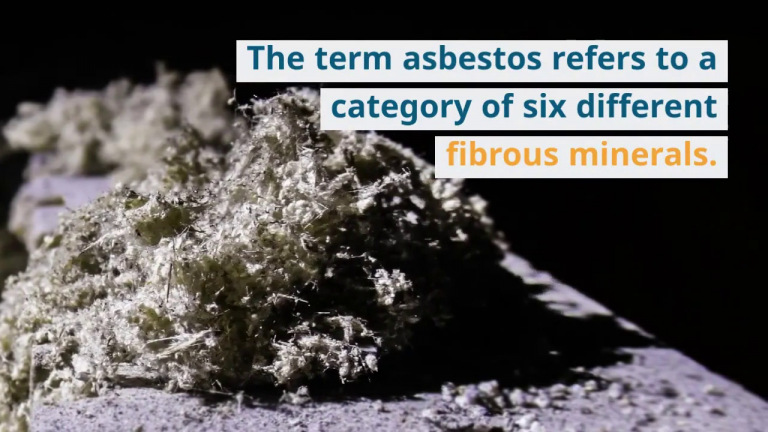

Support and Counseling
Seek emotional support
Dealing with the consequences of asbestos exposure can be emotionally challenging. Seek support from family, friends, or professionals specializing in providing emotional assistance during difficult times.
Join asbestos support groups
Consider joining asbestos support groups or online communities where you can connect with others who have gone through similar experiences. Sharing your journey and hearing others’ stories can provide comfort, understanding, and valuable information.
Consider counseling or therapy
If you find it challenging to cope with the emotional impact of asbestos exposure, consider seeking professional counseling or therapy. A mental health professional can assist you in processing your emotions, managing anxiety, and developing effective coping strategies.
Conclusion
The discovery or potential exposure to asbestos can be a frightening experience. However, by understanding the necessary steps to take, seeking medical assistance, and following proper procedures, you can safeguard your health and well-being. Remember to prioritize your safety at all times, educate others about asbestos awareness, and remain vigilant to prevent future exposure. By taking these precautions, you are taking control of your health and actively working towards a safer environment for yourself and those around you.

